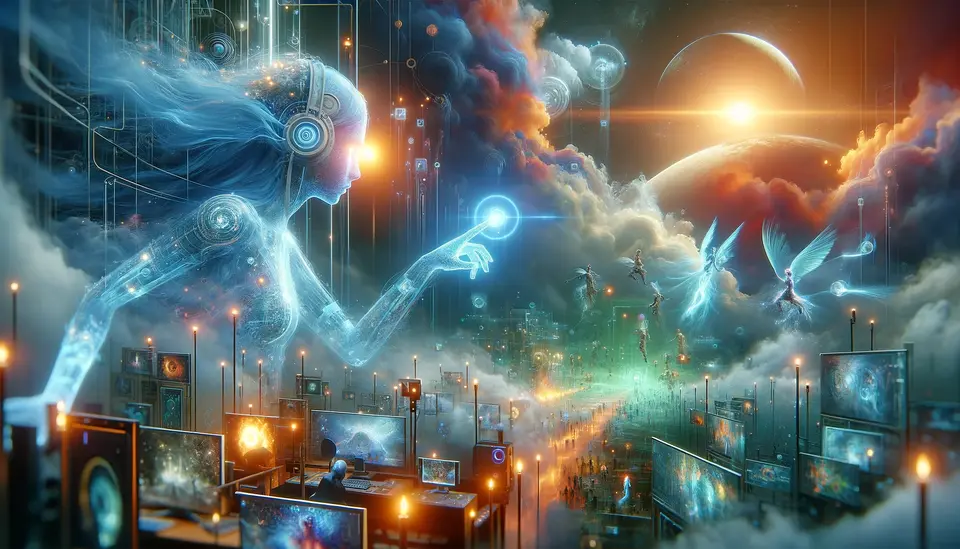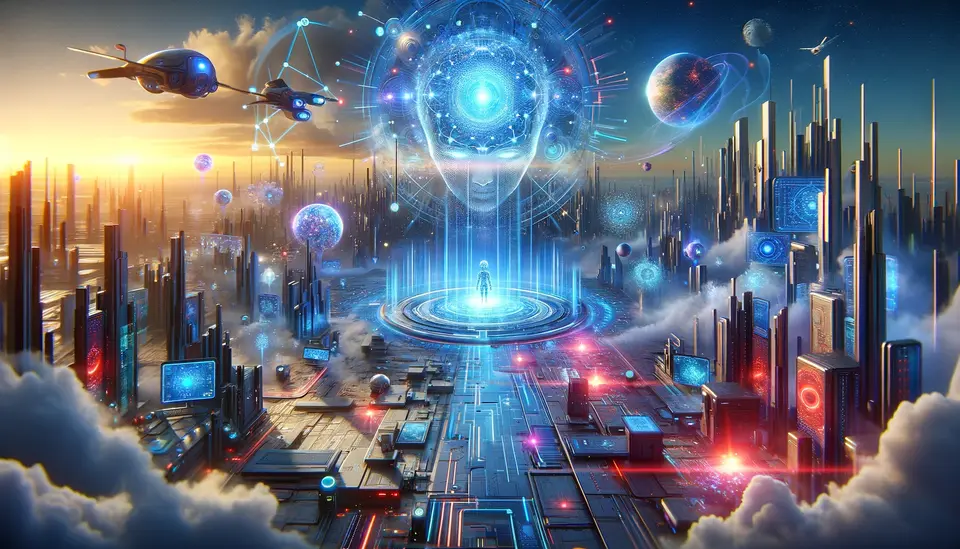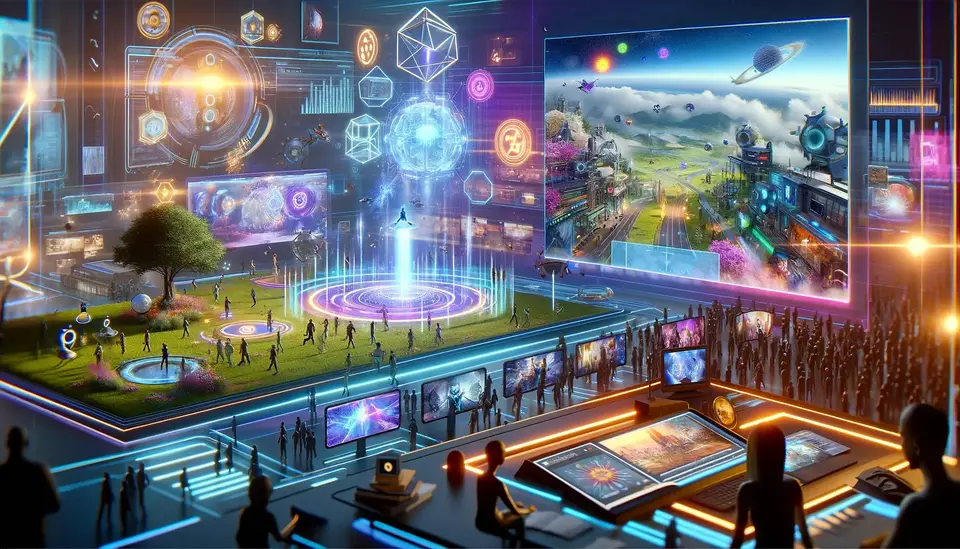The Technical Challenges Involved in Creating the Metaverse
Posted on March 18, 2023 3 minutes 443 words
Table of contents
The metaverse, a concept that envisions an interconnected digital universe, has captured the imagination of technologists and futurists alike. Offering limitless potential for work, entertainment, and social interaction, the metaverse promises to revolutionize our digital lives. However, numerous technical challenges must be addressed to make this ambitious vision a reality. This blog post delves into the most pressing obstacles and explores potential solutions for creating a truly immersive, accessible, and transformative metaverse.
Scalability and performance
The metaverse requires a powerful and scalable infrastructure to handle massive data, rendering, and networking demands. Cloud computing, edge computing, and distributed systems will be crucial for providing the necessary processing power. Additionally, low-latency, high-bandwidth connections are essential for seamless experiences, making technologies like 5G and future internet advancements vital to the metaverse’s success.
Interoperability and standardization
Creating a connected metaverse necessitates universal standards and protocols, allowing different platforms, devices, and applications to communicate and interact with one another. Industry consortia, open-source initiatives, and collaboration between tech giants will play a crucial role in achieving true interoperability and fostering a cohesive digital ecosystem.
Accessibility and inclusivity
The metaverse must be accessible to users with varying abilities and resources. Inclusive design principles, such as customizable avatars, assistive technologies, and language translation tools, will create a diverse and welcoming space that transcends physical barriers and encourages meaningful interactions.

Real-time rendering and graphics
To deliver realistic and immersive experiences, advancements in real-time rendering and graphics are essential. Technologies like ray tracing, photogrammetry, and procedural generation will help achieve high-fidelity visuals. Furthermore, graphics must be optimized for a wide range of devices, from high-end VR headsets to mobile phones, to ensure accessibility for all users.
AI and procedural content generation
Advanced AI algorithms are required to create realistic characters, responsive environments, and dynamic interactions in the metaverse. Machine learning, natural language processing, and computer vision have the potential to enhance user experiences and generate content in real-time, paving the way for truly immersive digital worlds.
Security and privacy
Safeguarding user data, protecting intellectual property, and preventing cyber-attacks in the vast and interconnected metaverse ecosystem are paramount. Encryption, decentralized identity solutions, and user privacy controls will be essential for ensuring a secure and trustworthy environment in the metaverse.
Conclusion
The technical challenges in creating the metaverse are undoubtedly complex, but the potential rewards are immense. By overcoming these hurdles, we can unlock a future metaverse that is immersive, accessible, and transformative for users around the world. Collaboration and innovation will be key in shaping this exciting new frontier, and together, we can turn the dream of the metaverse into a reality.








